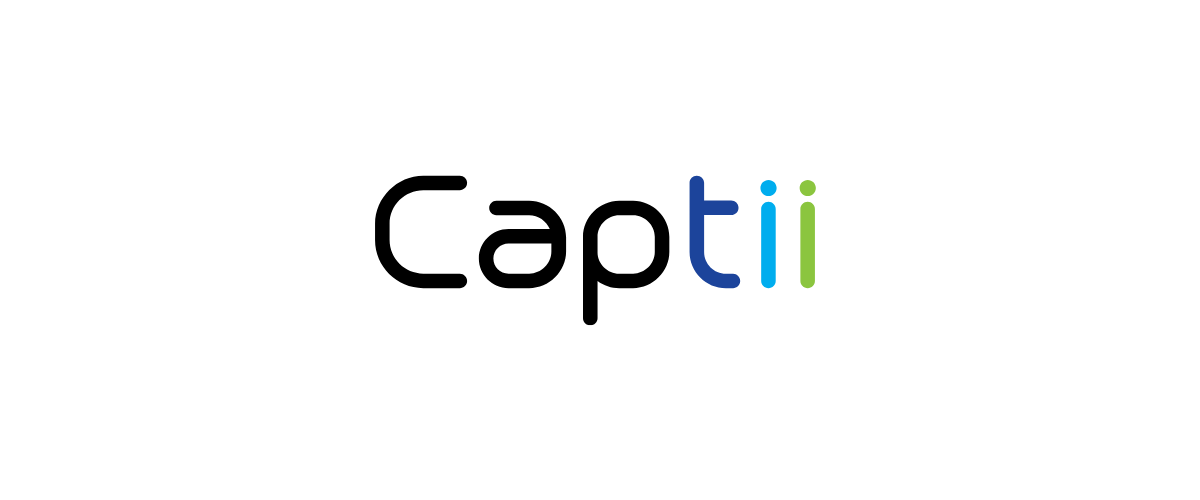Lower Revenue, Better Results? 4 Surprising Insights Hidden in This Tech Company’s Financials
Introduction:
It’s easy to glance at a falling revenue number and assume the worst.
But beneath the surface of the numbers, there’s often a compelling story about a company’s strategy, challenges, and resilience. By looking past the headlines and connecting a few key data points, a much clearer and more nuanced picture emerges.
My analysis of the latest quarterly report for Captii Limited, a technology group, reveals four surprising takeaways. These insights tell the real story behind their performance—a story that is far more interesting than the top-line revenue figure suggests.
——————————————————————————–
1. Revenue Fell, But Losses Shrank Dramatically
The Paradox: A 24% Drop in Revenue with a 97% Reduction in Net Loss
At first glance, the numbers are confusing. For the third quarter (Q3 2025), the group’s consolidated revenue decreased by 23.6% to S3.699 million, compared to S4.839 million in the same quarter last year. Yet, in that same period, the company’s net loss shrank from a staggering S4.351 million in Q3 2024 to just S0.14 million in Q3 2025, a reduction of over 96%.
The primary reason for this dramatic improvement was not a sudden surge in operational efficiency, but the significant impact of a specific event in the prior year. The report clarifies that a massive write-down on investments in 2024 made the comparison look extreme.
Absence of fair value loss assessed on the group’s venture investment portfolio in Q3 2025, compared to a loss of S$4.465 million recorded in Q3 2024.
This highlights a crucial lesson in analyzing financials: one-off events can heavily skew year-over-year comparisons. It’s essential to look beyond the headline revenue number to understand the underlying causes of a company’s bottom-line performance.
2. They’re Making More Profit from Every Dollar of Sales
The Insight: Profitability on Core Business Improved Significantly
Digging into the gross profit line reveals the second surprise: while selling less overall, the company was making more money on every sale it made. The group’s gross profit margin—a key measure of profitability on core sales—increased to 62.2% in Q3 2025, a solid improvement from 59.5% in Q3 2024.
This improvement came from both of its main business lines:
- Managed Services: The gross profit margin on these recurring service contracts rose from 48.1% to 53.0%. The report attributes this to “a lower revenue contribution from certain lower-margin managed service contracts.” In other words, they shed less profitable work.
- System Sales: The gross profit margin on one-off system sale contracts also increased, climbing from 77.3% to 80.1%. This wasn’t just random; the report indicates it’s because a greater share of sales came from higher-margin business units.
This indicates that the company is either becoming more efficient in its delivery or is strategically focusing on higher-quality, more profitable deals, even if it means a lower total volume of sales.
3. The Business is Generating Significantly More Cash
The Vital Sign: Cash Flow from Operations Showed Robust Growth
Profit is an opinion, but cash is a fact. And the facts about Captii’s cash generation are exceptionally strong. The group’s net cash flow from operations for Q3 2025 was S1.354 million, a significant increase from S0.86 million in the same quarter last year.
This is a critical distinction: while accounting ‘profit’ can be influenced by non-cash items and timing, positive operating cash flow means the business is successfully turning its daily activities into hard currency in the bank. The report notes this was “primarily due to higher favourable change in working capital.” The trend holds over a longer period as well; for the full nine months of 2025, net cash from operations was S4.144 million compared to just S0.339 million in the prior year.
Adding to this positive picture, the company also reduced its total liabilities by an impressive 38.3% since the end of 2024, partly due to repaying its borrowings.
4. The Sales Mix Reveals a Shifting Strategy
The Trend: A Duality in Short-Term vs. Long-Term Revenue Focus
A company’s revenue mix—the split between different types of sales—can reveal its strategic focus. Captii’s report shows an interesting duality, with different trends emerging over the short and long term.
- Short-Term (Q3): The proportion of stable, recurring revenue from “managed service contracts” increased, making up 66.1% of total revenue compared to 61.1% a year ago.
- Longer-Term (9 Months): Over the full nine-month period, the proportion of recurring revenue actually decreased, representing 66.3% of total revenue compared to 76.1% a year ago. This was driven by a 43.4% increase in one-off “system sale contract revenues.”
This reveals a deliberate strategic push. While recurring revenue is stable, the company is also successfully closing large, one-off system sales, which grew by a remarkable 43.4% over the nine-month period. This dual-track approach allows for immediate revenue boosts without completely abandoning the foundation of recurring service contracts.
——————————————————————————–
Conclusion: A Cautiously Optimistic Future
Looking deeper than the headline revenue number reveals a more nuanced and encouraging picture of Captii Limited’s health. The story is one of improving margins on core sales, much stronger cash generation, and a bottom line recovering from the major impact of past investment write-downs.
The company itself acknowledges that the market outlook remains “challenging.” However, it is “cautiously optimistic” because of the steps taken to “strengthen the group’s fundamentals.” The data appears to back this up.
This leaves us with a final thought to ponder: In a tough economic climate, is a company with improving efficiency and strong cash flow a better bet than one with just top-line growth?
WATCH THE EXPLAINER VIDEO BELOW:
LISTEN TO THE PODCAST BELOW:
Related stories: How Falling Demand Hit Aztech Global’s Profits Hard In Q3 2025

